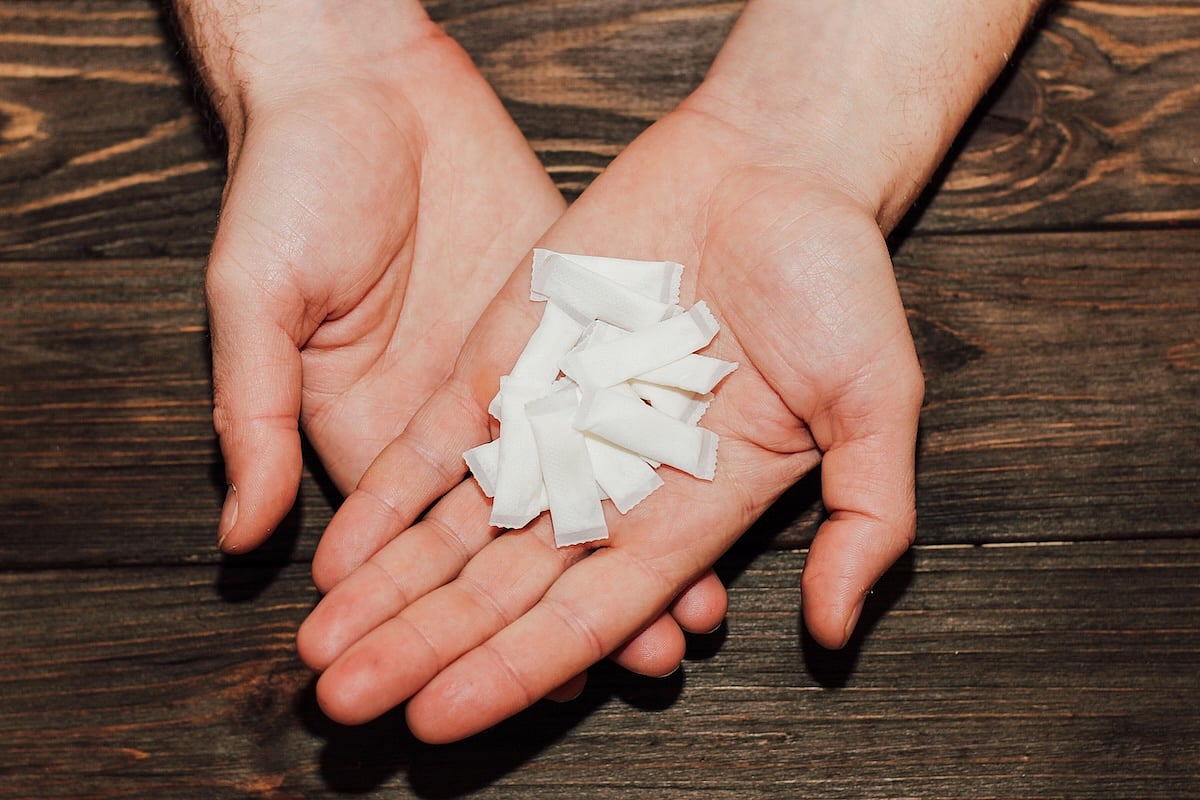Monday - Friday: 9:00 AM to 7:00 PM
Saturday: 9:00 AM to 4:00 PM
Sunday: 9:00 AM - 2:00 PM
Text or call us at (973) 483-4749, Fax (973) 482-0643, or send an e-mail to info@lisspharmacy.com(973) 483-4749, Fax (973) 482-0643, or send an e-mail to info@lisspharmacy.com. Someone from our team will get back to you as soon as possible!
Get Healthy!

- Posted July 15, 2025
Nicotine Pouch Ingestions Surge Among Young Children
The number of young children who come across nicotine pouches and swallow them has surged in recent years, a new study says.
Ingestions of nicotine pouches by children younger than 6 increased an alarming 763% between 2020 and 2023, researchers reported July 14 in the journal Pediatrics.
“Nicotine pouches are a serious and growing toxic ingestion hazard among young children,” researcher Dr. Hannah Hays, medical director of the Central Ohio Poison Center, said in a news release.
The tiny pouches are meant to be held between a person’s lip and gum. They contain a powder that contains nicotine, flavor and other ingredients, according to the American Academy of Pediatrics.
If swallowed by a young child, they can cause vomiting, fast heart rate, headache, watering mouth, dizziness and confusion, the AAP says.
For the new study, researchers analyzed data on nearly 135,000 nicotine ingestions by kids under 6. The incidents were reported to U.S. poison centers between 2010 and 2023. Most occurred at home and involved children under 2.
While most cases resulted in minor or no illness, there were two deaths and 39 cases where children became very sick.
The two deaths involved toddlers who ingested liquid nicotine, including a 17-month-old boy who’d gotten into a vial of e-cigarette liquid, the study says.
Nicotine pouch ingestions were 53% more likely to cause a serious health problem, and twice as likely to require hospitalization than other types of nicotine products, researchers found.
Overall, nicotine ingestion cases among young children have fluctuated up and down during the past decade, in part based on changes in laws related to nicotine products, researchers noted.
For example, the ingestion rate for liquid nicotine increased by 450% between 2010 and 2015, then decreased by 45% between 2015 and 2023, results found.
“This abrupt change in the rate trend for liquid nicotine ingestions corresponded with the passage of both state and federal legislation, including the Child Nicotine Poisoning Prevention Act of 2015, which required child-resistant packaging of liquid nicotine,” said senior researcher Dr. Gary Smith, director of the Center for Injury Research and Policy at Nationwide Children’s Hospital in Columbus, Ohio.
“This suggests that legislation can make a difference,” Smith said in a news release. “However, despite this improvement, the ingestion rate for liquid nicotine remained higher than the rates for any other nicotine product, which clearly indicates that there are opportunities for further improvement.”
Marketing that targets teens might put younger kids at risk, he noted.
“Many nicotine products are flavored and sold in colorful packaging that may be attractive to a young child,” Smith said. “Banning flavors in all nicotine products helps reduce unintentional ingestions by young children as well as discourage use among teens.”
Researchers recommend that people store nicotine products safely away from children, and avoid using them in front of kids.
The national Poison Help Line number is 800- 222-1222.
More information
The U.S. Centers for Disease Control and Prevention has more about nicotine pouches.
SOURCES: Nationwide Children's Hospital, news release, July 14, 2025; Pediatrics, July 14, 2025









